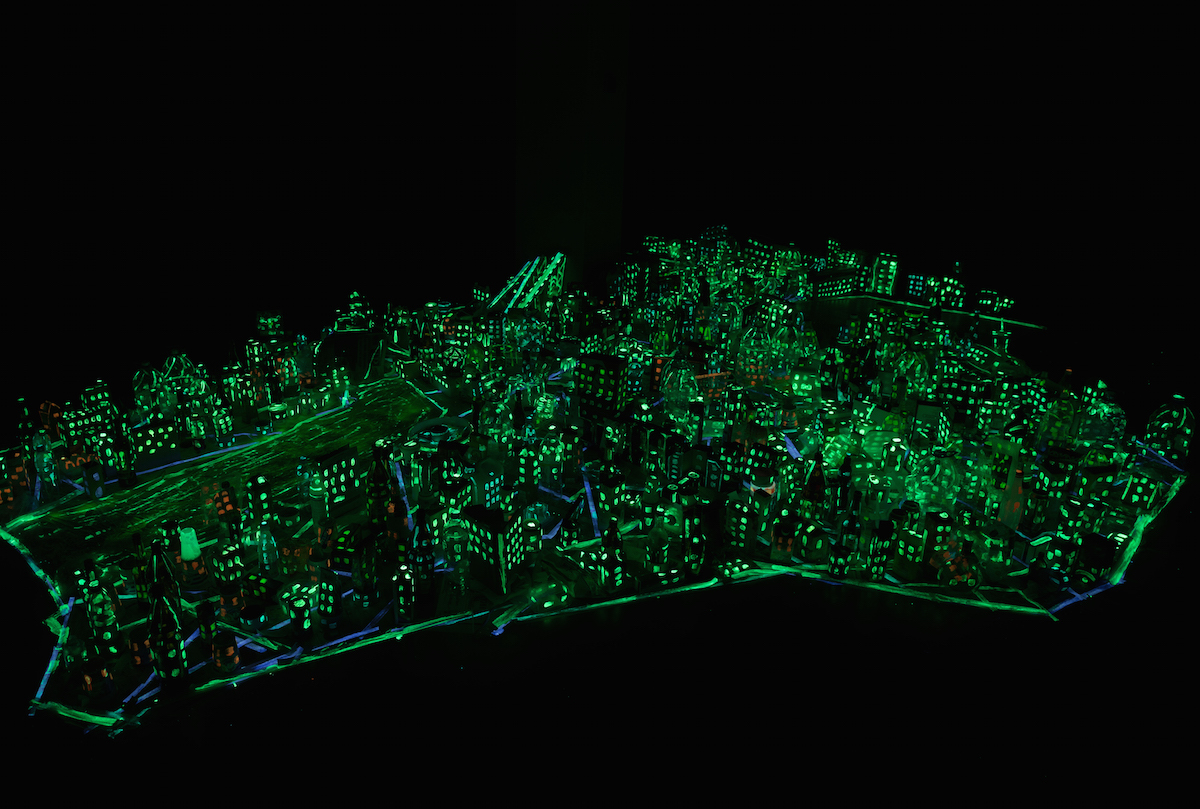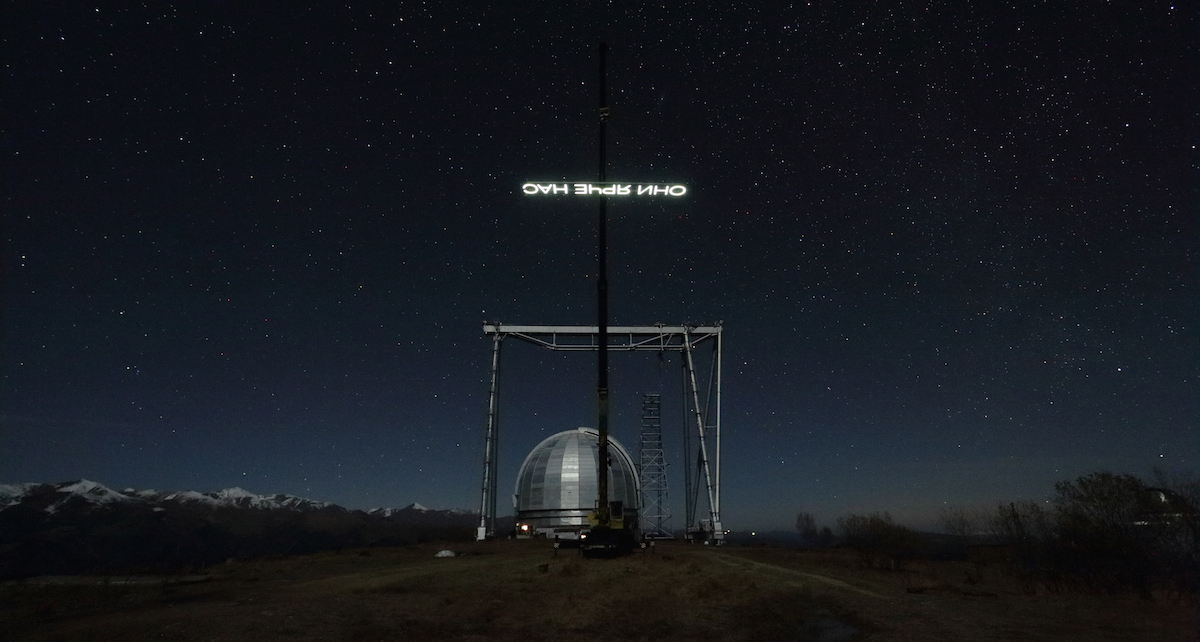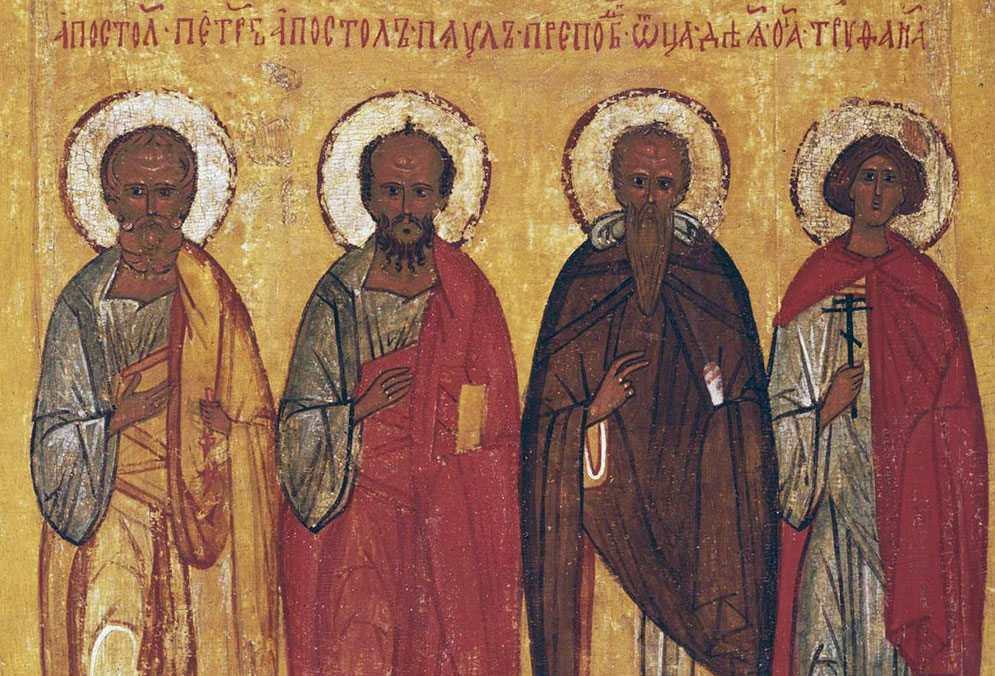Art and the oligarchs: how Russia’s super-rich make and spend their millions
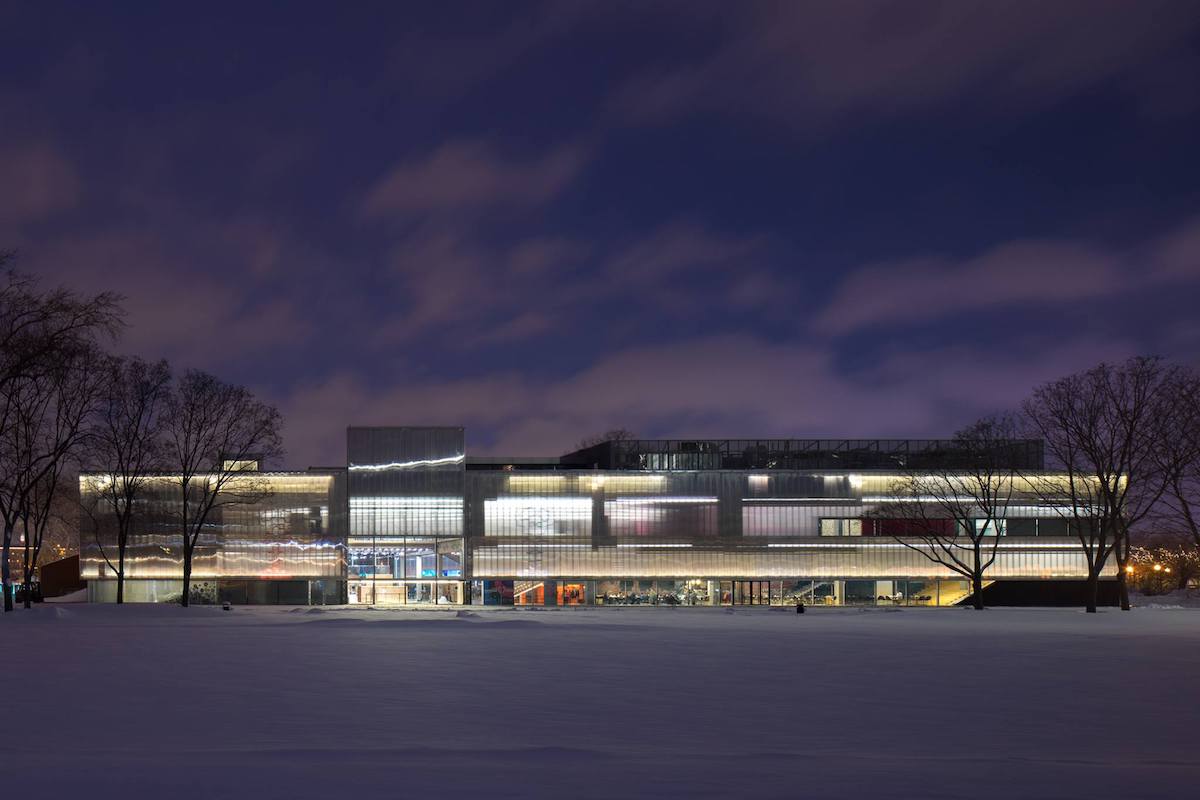
Is there any connection between how Russian tycoons make their money and what sort of art they prefer? As private galleries multiply in Moscow, Marina Antsiperova takes a look at some of the biggest art benefactors in Russia and the collections they have amassed for display to the public
Vast fortunes were accumulated by some after the collapse of communism in the new Russia’s cutthroat business environment, leading to often-mocked displays of vulgar excess. But as this wealth has become more established, the country’s super-rich — still referred to as oligarchs — have turned to more high-minded pursuits and lavished money on philanthropy and culture.
One of the most popular ways to do this in recent years has been by collecting art and setting up private galleries to house your collection. Moscow in particular has seen a spate of such openings, which have raised questions about the role of private museums in Russia. These tycoon-run galleries often enjoy much more freedom than their state-run counterparts to stage contemporary art exhibitions that challenge the traditional values espoused by politicians in the Kremlin.
The Calvert Journal decided to take a look at some of the benefactors and the museums that they sponsor. Is there a link between how these tycoons made their money — from chicken feed to natural gas — and the art they collect? Can private museums be anything more than showrooms for their patrons? And, just as 19th century American robber barons like Rockefeller and Carnegie are now associated with philanthropy and culture, will names like Abramovich, Mikhelson and Okroyan be celebrated as beacons of learning in 50 or 100 years time?
Roman Abramovich
Source of wealth: metals
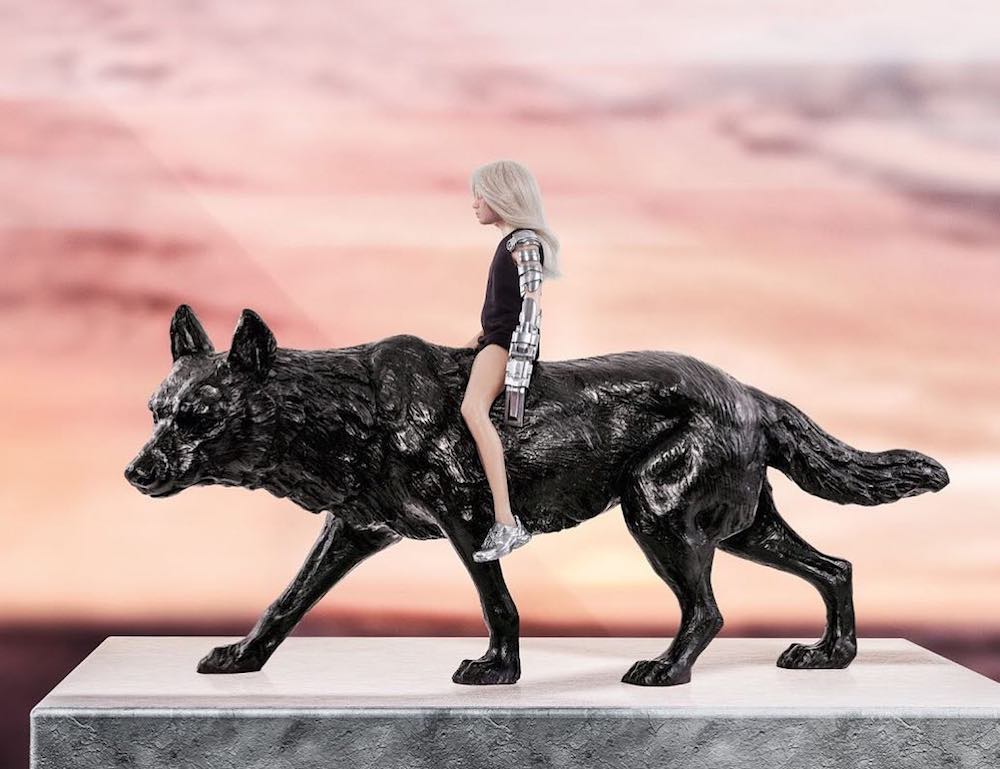
Perhaps best known as the owner of London football club Chelsea, Roman Abramovich’s philanthropic endeavours in the art world have been centred around the Garage Museum of Contemporary Art in Moscow, which he founded with his former girlfriend, Daria Zhukova, in 2008. The reconstruction of this low-slung beige building in Gorky Park by Dutch architect Rem Koolhaas cost an eye-watering $27 million. Garage mainly houses 20th and 21st century art. In addition, billionaire metals magnate Abramovich has his own private collection that includes 40 artworks by the father of Moscow Conceptualism Ilya Kabakov; Lucian Freud’s Benefits Supervisor Sleeping; and Francis Bacon’s Triptych for which he paid $86 million. He also supports Moscow’s Jewish Museum and the New Holland cultural cluster in St. Petersburg.
Natalya Opaleva
Source of wealth: gem stones
AZ Museum was founded in 2013. A long way from being a well-known name in business circles, Opaleva is the vice-president of mid-tier Russian bank, Lanta Bank, which works with companies that mine gold and precious stones in Siberia and the Far East. In her private collection, she has works by other Soviet non-conformist and avant-garde artists like Vladimir Nemukhin, Nikolai Vechtomov and Dmitry Plavinsky.
Igor Markin
Source of wealth: windows

The owner of Moscow’s ART4 gallery of contemporary art, businessman Igor Markin made his millions from the manufacture of plastic windows during Russia’s post-Soviet construction boom. Now he devotes himself both to collecting and managing ART4, which shows Soviet artists of the 1960s and has put on exhibitions by Ilya Kabakov and Timur Novikov. The museum, on which he lavished about $10 million, opened in 2007 and encourages visitors to drink alcohol and eat sunflower seeds while they wander round. In his personal collection, Markin has over 1,500 artworks, including the iconic Russian 20th Century by Erik Bulatov on which he splashed $60,000.
Roman Trotsenko
Source of wealth: ports, airports
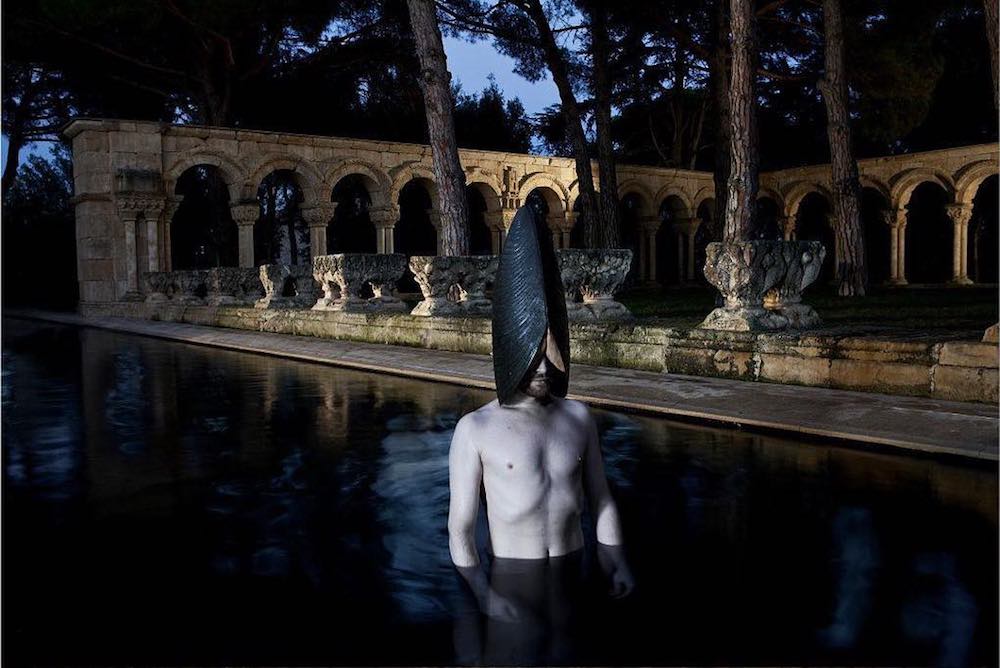
Infrastructure tycoon Roman Trotsenko spent almost $12 million on transforming a group of abandoned industrial buildings in central Moscow into the Winzavod Centre for Contemporary Art, which was hailed as a flagship redevelopment in the Russian capital when it opened in 2007. There are several galleries within the Winzavod cluster, which last year celebrated its 10-year anniversary. It has held dozens of different exhibitions from street art to Georgian art. One of its most important initiatives is the Start programme for young contemporary artists. There is no public information available about whether Trotesnko’s has his own private art collection.
Boris Mints
Source of wealth: real estate
Leonid Mikhelson
Source of wealth: gas, oil products
V-A-C Foundation, in an abandoned power station across the river from the Kremlin. Leonid Mikhelson, who owns stakes in gas company Novatek and petrochemical holding Sibur, began by collecting Russian impressionists, but has since become interested in contemporary art. V-A-C, which stands for Victoria — the Art of being Contemporary (after Mikhelson’s daughter, Viktoria Mikhelson, who studied History of Art in the US), specialises in conceptual contemporary art. But the fund also sponsors public art: for example a 2016 installation of scaffolding and lights on one of Moscow’s most famous museums. The energy tycoon’s private collection, managed by V-A-C, includes works by Claude Monet, German visual artist Gerhard Richter and American pop art icon Andy Warhol.
Mkrtich Okroyan
Source of wealth: bird feed, concrete
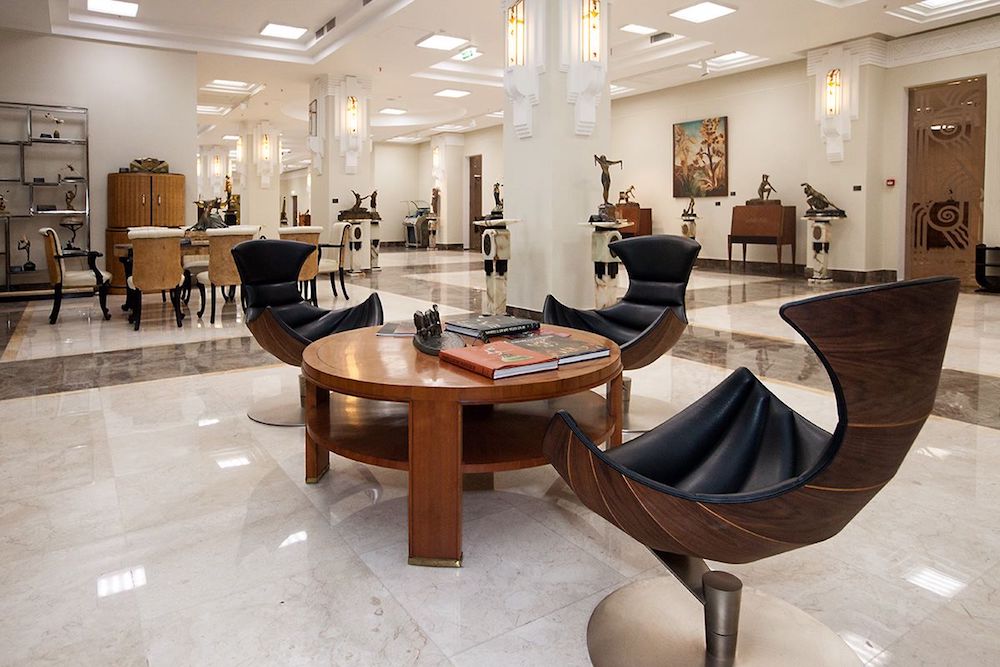
The calling card of Mkrtich Okroyan is Moscow’s Art Deco Museum that opened in 2014. Its capacious marble interiors are home to more than 150 objects from Okroyan’s collection, which includes the world’s largest accumulation of ivory and bronze sculptures by the Romanian-born Art Deco sculptor Demétre Chiparus. Okroyan is not one of Russia’s top tier businessmen, but he was head of the country’s leading dealer of classic Moskvitch cars in the 1990s. Now his assets include a rocket engine factory, a concrete factory and a bird feed producer. He has been collecting art since the 1980s. Before becoming interested in Art Deco, he acquired Russian paintings including works by Isaac Levitan and Alexander Labas.
